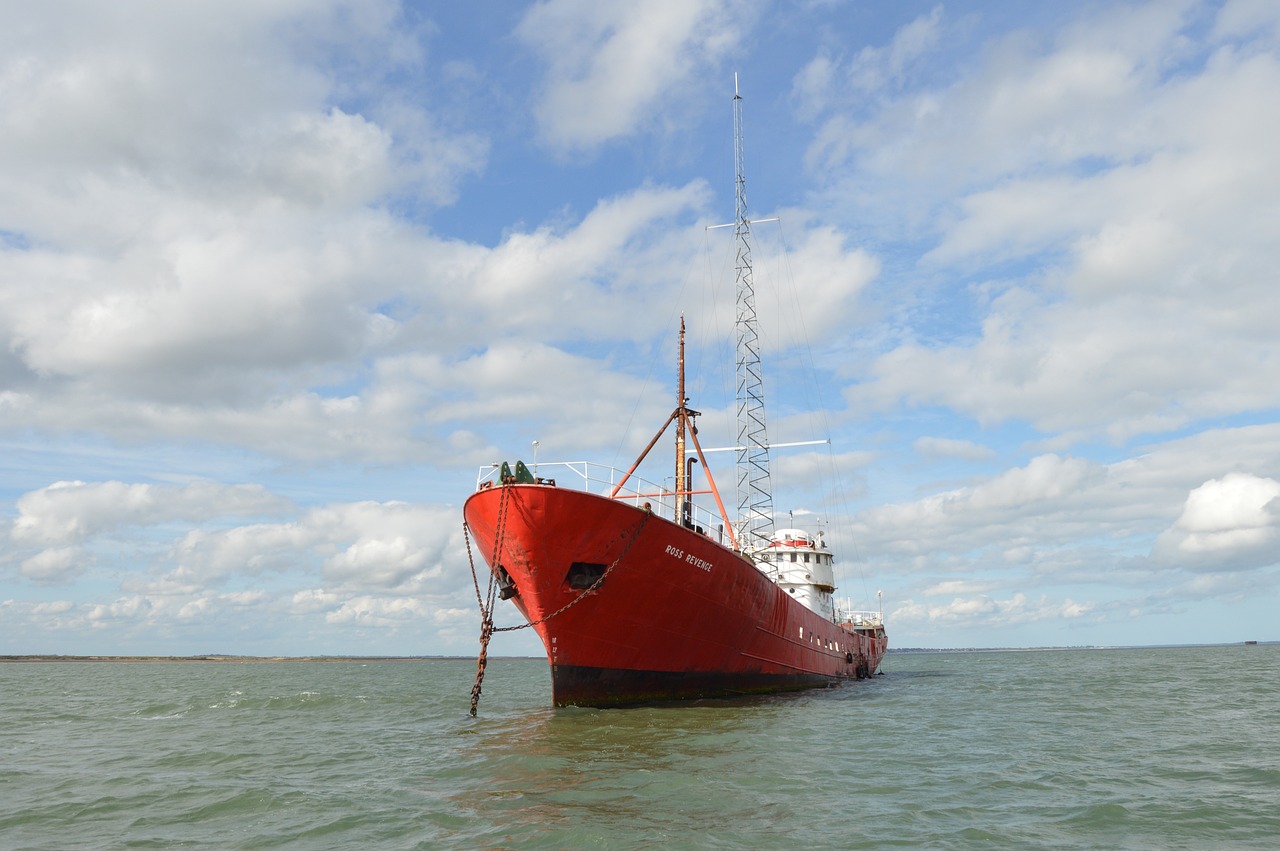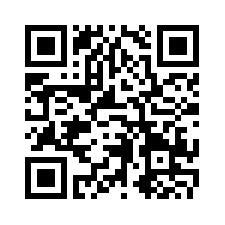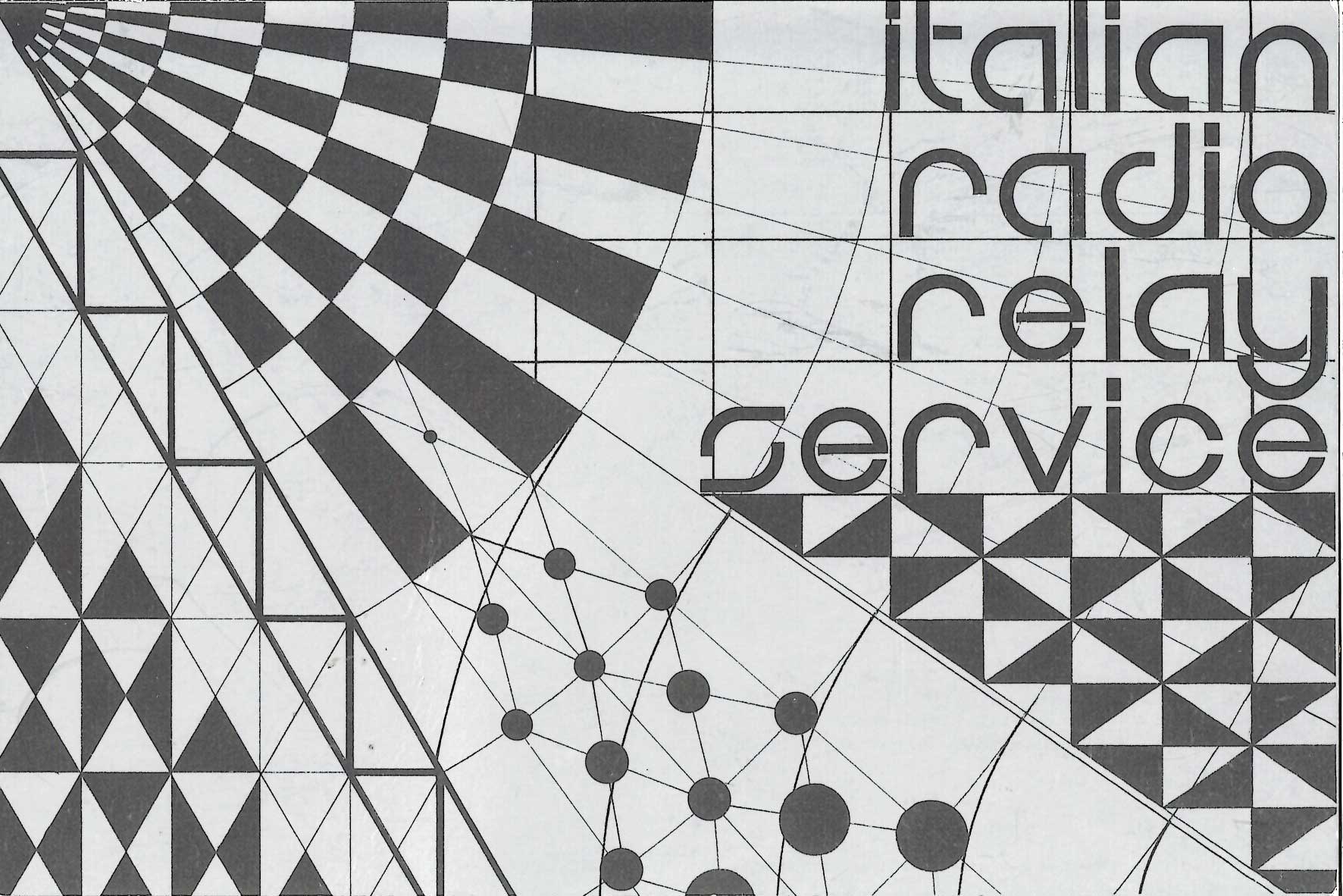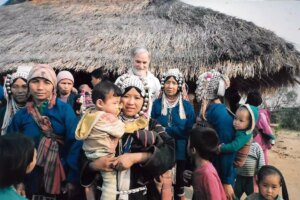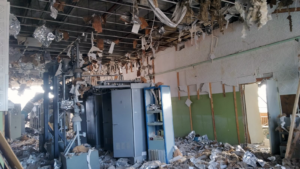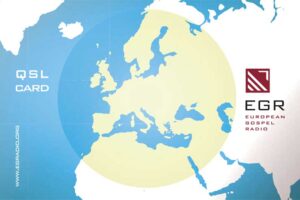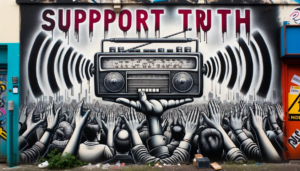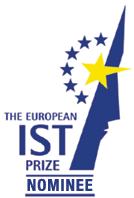
Secure and Impactful Giving: Your Guide to Supporting NEXUS-IBA’s Mission
Donate Online to Charity: A Comprehensive Guide for Safe and Effective Giving to our mission
NEXUS-International Broadcasting Association (NEXUS-IBA) presents itself as a key player in global broadcasting, leveraging mediums like radio and the internet to deliver secular and religious content across continents, mainly targeting regions with limited digital access in Europe, Asia, Africa, and conflict-affected areas. Our commitment to free speech and unbiased information is central to our operations, emphasizing the importance of reliable and diverse content delivery in an era where digital disparities and misinformation prevail.
In the digital age, where charity scams are increasingly prevalent, donors must ensure their contributions are utilized effectively and reach the intended beneficiaries. NEXUS-IBA’s approach, emphasizing transparency and targeted project donations, offers donors security and purpose. NEXUS-IBA’s projects, like broadcasting to war-torn regions and promoting cultural diversity through radio, highlight the organization’s role in utilizing media for educational and humanitarian purposes. This approach ensures that donations contribute to bridging the digital divide and supporting free information flow, aligning with the donors’ intentions to make a meaningful impact in underserved and crisis-impacted regions.
This guide will help you make your donations count and ensure that your generosity reaches its intended destination without falling prey to scams.
Ensuring Your Donation Makes an Impact
Whether you opt for a one-time gift via credit card or set up regular donations, the security of your transaction is essential.
Verify the Authenticity of Charitable Organizations
Before you give, take the time to research the organization. Verifying its legitimacy and nonprofit status is crucial to ensure your donation is not in the wrong hands. Look for detailed information about the charity’s mission, programs, and history to make informed decisions about your giving.
Exploring Various Causes for Your Online Donation
Choosing where to donate online can be overwhelming.
NEXUS-International Broadcasting Association (NEXUS-IBA) offers diverse projects to which online donors can contribute, each addressing unique challenges and aiming to connect global audiences with vital information and cultural insights. Donors intrigued by peacebuilding efforts may be drawn to the “Bridging the Israel-Palestine Divide” project, which seeks to facilitate dialogue and understanding through broadcasting. Similarly, the “Broadcasting to Ukraine and Conflict Zones” initiative provides crucial support to regions in turmoil, offering a lifeline of reliable news and information. These projects underscore NEXUS-IBA’s commitment to using media as a tool for social change and humanitarian aid.
NEXUS-IBA’s IPAR (International Public Access Radio) and European Gospel Radio (EGR) projects are adding to the spectrum of donation opportunities. IPAR serves as a global platform, granting voices from various backgrounds the opportunity to be heard worldwide, promoting diversity and free expression in international broadcasting. On the other hand, EGR provides a non-denominational outlet for religious organizations to spread their messages globally, supporting spiritual discourse and community building across borders. Donating to these projects allows benefactors to support initiatives that align with their values, whether they aim to foster global dialogue, champion religious freedom, or contribute to spreading unbiased information in regions starved of free speech.
Advocacy for Women’s Rights and Empowerment
Online fundraising is a powerful tool in advocating for women’s rights and empowerment. By contributing to organizations dedicated to this cause, your donation can help fund crucial projects to improve the lives of women and girls worldwide, foster equality, and build a more inclusive society.
Free speech radio: Empowering listeners across the digital divide
World Radio is pivotal in empowering people across the digital divide, especially in the poorest regions of Africa and the Asia/Pacific. Shortwave radio becomes a lifeline in areas devoid of internet, FM radio, TV, or satellite, delivering unbiased information and connecting communities to the world.
Secure Payment Methods: How to Safely Contribute Online
Ensuring the security of your online donation is critical. Opt for payment methods that offer encryption and fraud protection. Using verified platforms for your contributions safeguards your personal information and guarantees that your generosity is directed towards making a tangible impact.
Maximizing Your Contribution
Every donation counts, but understanding how your giving can be maximized is vital. Exploring options like matching gifts or donating appreciated assets can significantly increase the value of your contribution, enabling charities to extend their reach and deepen their impact.
How Recurring Donations Can Amplify Your Impact
Recurring donations offer a steady stream of support to charities, allowing for better planning and allocation of resources. Compared to one-time gifts, regular contributions ensure sustained assistance, making a profound difference in the ability of organizations to carry out their missions.
The Broad Spectrum of Charitable Causes
Supporting world media and radio is essential for disseminating unbiased information globally, especially across the digital divide in Europe, Africa, and Asia. Your contributions help bridge the information gap, ensuring everyone can access reliable news and educational content regardless of location.
Contributing to Radio for Disaster Relief (IRDR) Globally
In the wake of emergencies, International Radio for Disaster Relief (IRDR) has become a critical tool for reaching people in digitally divided regions. Donations to IRDR facilitate the swift dissemination of life-saving information, aiding in relief and recovery efforts across the globe.
World Radio to Crisis-Affected Regions: Ukraine, Israel, Palestine, Haiti, Sudan, and More
World Radio is an invaluable communication channel in regions torn by war and conflict. When other media are censored or disrupted, AM (Medium Wave)Broadcasting Airtime on AM Radio or Medium Wave (MW) and Shortwave radio deliver essential news and information, supporting communities in staying informed and connected amidst the turmoil.
Supporting Youth and Education Initiatives
Investing in youth and education initiatives is investing in the future. Donations to programs focused on supporting, advocating, and providing developmental opportunities for young people have a multiplier effect, empowering the next generation to build a better, more inclusive world.
Projects Focused on reaching Vulnerable Communities with news & information
Access to accurate news and information is a cornerstone of democracy and development. By supporting projects to reach vulnerable communities, you contribute to breaking down barriers to information, foster informed societies, and drive positive change.
Engaging with the World Community of listeners
World radio is more than just a medium; it’s a platform that connects remote communities to the global village. In places where the internet is a luxury, radio becomes the voice of the unheard, sharing stories, news, and information across borders, bridging divides.
The Role of Corporate Partners in Philanthropy
How to Get Involved Beyond Financial Donations
Getting involved with charitable organizations like NEXUS-IBA extends beyond just monetary contributions. Volunteering your skills, spreading awareness about our mission on social media, or even airing your radio program can significantly amplify the impact of our work.
Such non-financial donations are invaluable, as they contribute to the sustainability and reach of the organization’s efforts to bridge the digital divide, ensuring that more individuals have access to unbiased information and lifelong learning opportunities.
The Journey of Your Donation
Donating to NEXUS-IBA is a journey that transforms your contributions into global outreach efforts. Every dollar you donate is meticulously used to enhance the organization’s mission of providing unbiased news and educational content worldwide.
Your donation supports the infrastructure to broadcast over shortwave radio and the internet, reaching even the most remote areas. This ensures that your generosity directly contributes to educating, informing, and empowering communities worldwide, making a tangible difference in bridging the digital divide.
From Contribution to Action: How Charities Utilize Funds
Charities, including NEXUS-IBA, efficiently transform contributions into impactful actions. Funds are allocated toward essential operational costs, content development, and technological enhancements to ensure the delivery of quality programming.
Moreover, donations support initiatives focused on racial justice equality, providing consumer alerts, and fostering a well-informed public. Transparent allocation of funds ensures that every donation supports the charity’s mission and contributes to meaningful societal change.
Success Stories and Testimonials: The Real-Life Impact of Your Donation
The real-life impact of donations is best illustrated through success stories and heartfelt testimonials from those affected. Whether it’s a remote village receiving timely disaster relief information or a community learning about their rights for the first time, these stories are a testament to the power of generosity. They underscore how donations to organizations like NEXUS-IBA have bridged the digital divide, bringing hope, knowledge, and empowerment to countless individuals across the globe.
Navigating the World of Online Charity
Donating online offers a convenient way to support causes you care about, but it’s crucial to do so wisely. Always verify the charity’s legitimacy, understand its mission, and check how it uses donations. Engaging with charities that offer excellent customer service and transparent communication about their work, such as NEXUS-IBA, ensures that your charitable contributions are used effectively. This diligence protects you from charity scams and ensures your generosity makes a meaningful impact.
Recommendations for First-Time Donors
If you’re new to donating online, start by supporting causes close to your heart to make your contributions feel more personal and impactful. Organizations like NEXUS-IBA, which is committed to educational and informational outreach, can be a great place to begin. Ensure the charity is transparent about how donations are used and offer secure payment options. By taking these steps, you’ll make a valuable impact while feeling confident and fulfilled in your philanthropic journey.
Staying Informed: Updates and News from the Philanthropic Sector
Keeping up with the latest trends and updates in the philanthropic sector is vital for making informed decisions about your charitable giving. Resources like annual giving reports and updates on philanthropic activities provide insights into how donations are being utilized and the impact they’re making. Engaging with this content helps you stay informed and inspires continued support for causes that rely on donations to make a difference in the world.
A Brighter Future Through Generosity
Your act of giving can light up the darkest corners of the world, bringing hope and change where it’s needed most. Every donation, big or small, contributes to a brighter future, empowering individuals and communities through education, information, and support. The collective generosity of donors around the globe fuels the mission of organizations like NEXUS-IBA, making a significant difference in bridging the global digital divide and fostering a more informed, equitable world.
The Ripple Effect of Charitable Giving
The ripple effect of your charitable giving is profound, reaching far beyond the initial donation. By supporting causes that fight against charity scams and prioritize transparency, your generosity impacts the direct recipients and inspires others to contribute. This chain reaction of giving and supporting creates waves of positive change, amplifying the impact of every dollar donated and strengthening the global movement towards a more compassionate and supportive world.
Your Role in a Global Movement of Compassion and Support
Your decision to donate marks you as a critical player in a global movement of compassion and support. Your contributions become part of a more significant effort to address critical issues worldwide through strategic choices like utilizing tax-smart ways to donate, engaging in workplace giving, or setting up a donor-advised fund for online giving. This collective action fosters a spirit of generosity and drives tangible change, making the world a better place for everyone.
Donate now!
Donate to support our nonprofit mission in International Broadcasting
Donate in USD via Paypal USD donation sharable link Donate in EUR via Paypal EUR donation sharable link
Or you may also donate to in any currency via our Paypal direct donation link


